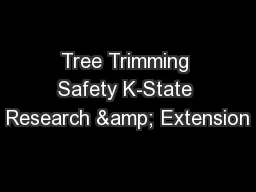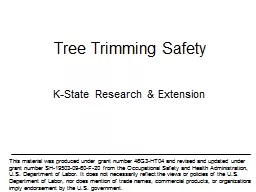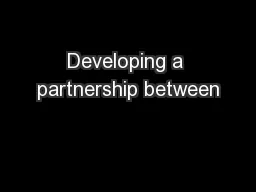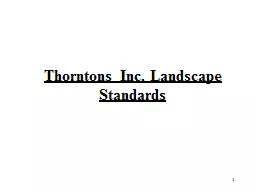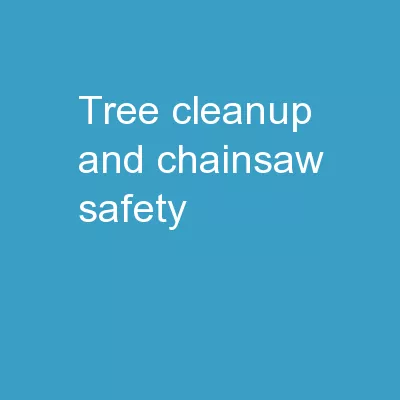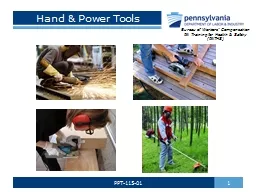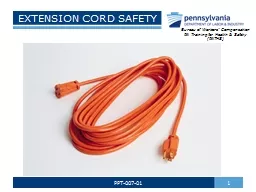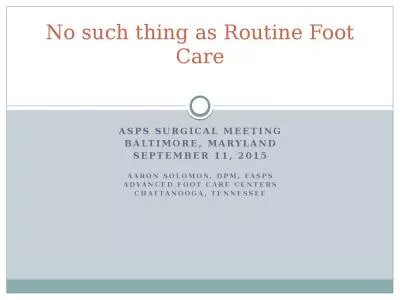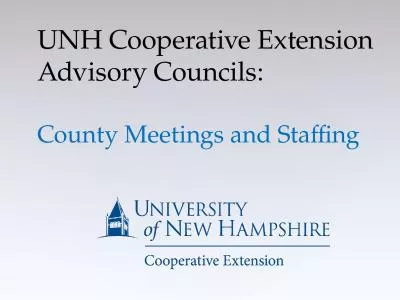PPT-Tree Trimming Safety K-State Research & Extension
Author : briana-ranney | Published Date : 2018-10-28
This material was produced under grant number 46G3HT04 and revised and updated under grant number SH195030960F20 from the Occupational Safety and Health Administration
Presentation Embed Code
Download Presentation
Download Presentation The PPT/PDF document "Tree Trimming Safety K-State Research &a..." is the property of its rightful owner. Permission is granted to download and print the materials on this website for personal, non-commercial use only, and to display it on your personal computer provided you do not modify the materials and that you retain all copyright notices contained in the materials. By downloading content from our website, you accept the terms of this agreement.
Tree Trimming Safety K-State Research & Extension: Transcript
Download Rules Of Document
"Tree Trimming Safety K-State Research & Extension"The content belongs to its owner. You may download and print it for personal use, without modification, and keep all copyright notices. By downloading, you agree to these terms.
Related Documents

